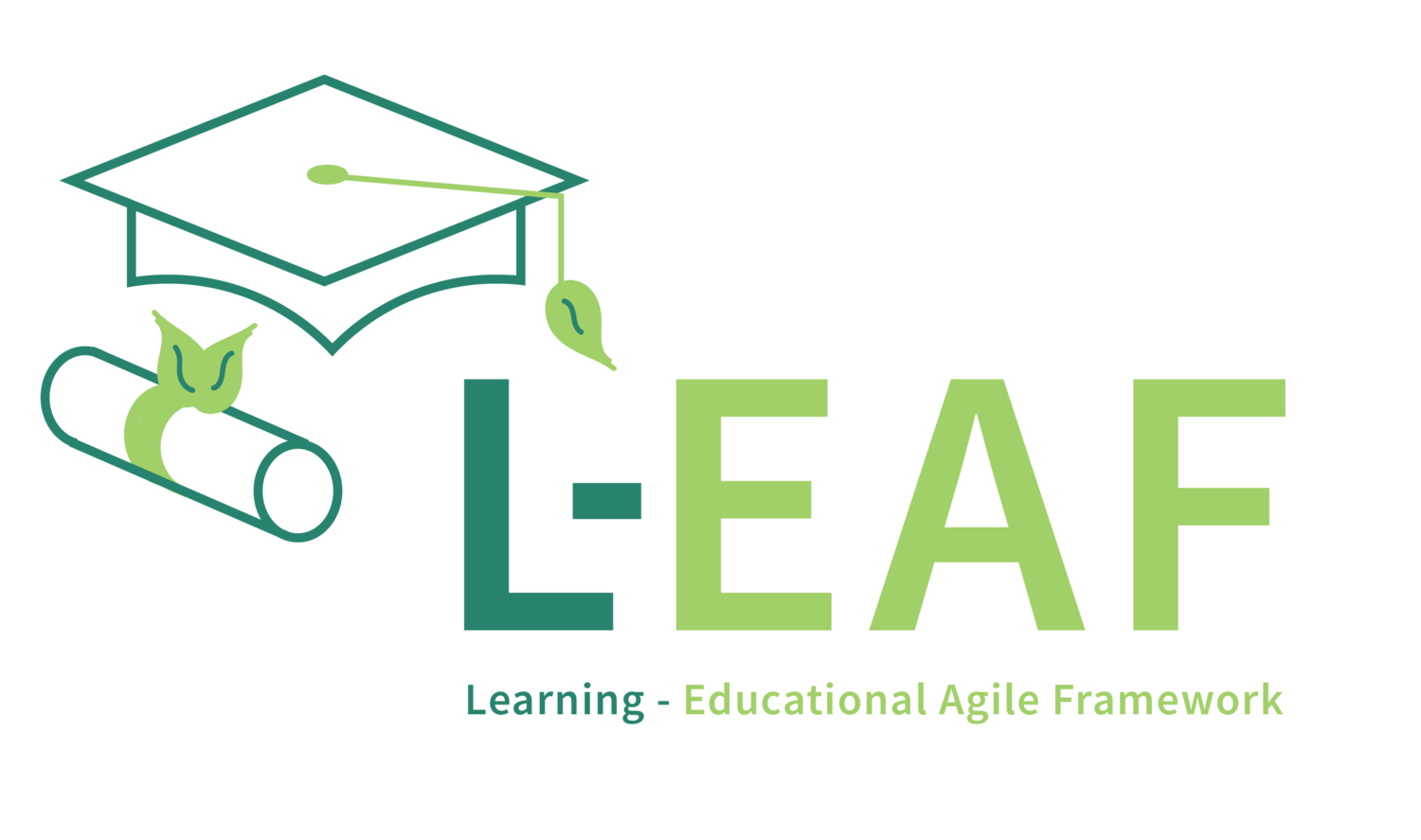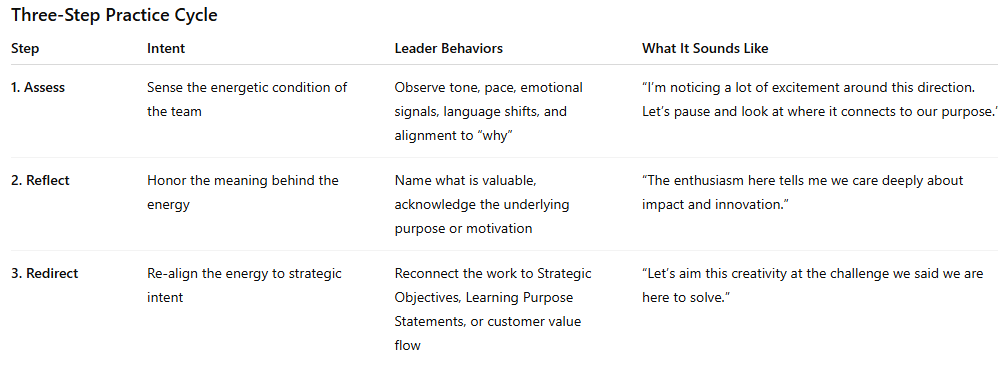Aligning Human Energy to Strategic Purpose
A Guide for Adaptive Leadership
1. Understanding the Challenge: When Human Energy Falls Out of Alignment
In adaptive organizations; schools, nonprofits, startups, and mission-driven companies where value is delivered through the critical thinking of knowledge workers. Unlike industrial work, where process compliance is the focus, knowledge work thrives on creativity, curiosity, initiative, and intrinsic motivation.
However, this same strength introduces a predictable leadership challenge:
Human energy tends to follow meaning, not plans.
When purpose is strong and shared, collaboration flows naturally. But when ambiguity increases around direction, strategy, or priorities then energy can disperse or misaligned. Teams may become:
Excited, but scattered across competing ideas
Busy, but not advancing key strategic outcomes
Motivated, but unclear on where to focus
Emotionally invested, but not aligned in action
Leaders discuss how purpose-driven stakeholders can become misaligned when strategic clarity is not shared or reinforced. The conversation points to the need for re-centering around purpose before action can continue effectively.
This is not a failure of individuals—it is a natural property of creative systems.
Why It Happens
Knowledge workers don’t simply execute tasks, they:
Interpret purpose
Translate strategy
Self-navigate ambiguity
Generate meaning through their work
When purpose or direction becomes unclear, the energies of the people running the system shifts and may become fragmented. Leaders often respond by increasing control, more meetings, more messaging, more tactical correction but this tends to tighten grip while decreasing ownership and intrinsic motivation.
The goal is not to suppress energy because to cost to reignite the spark is high, the goal is to re-align it with purpose.
This is where Qigong as a leadership practice enters.
2. The Qigong Leadership Practice: Assess → Reflect → Redirect
Qigong, adapted for leadership within the L-EAF.org framework, refers to the ongoing practice of sensing, harmonizing, and redirecting human energy toward strategic purpose. It is not directive rather it is restorative.
What Makes This Effective
It preserves psychological safety
It maintains intrinsic motivation
It converts emotional energy into directional momentum
It strengthens shared ownership over strategy
Instead of pulling people back, the leader invites purpose back into the room.
3. Practical Ways to Apply Qigong in Real Work Contexts
A. During Strategy Drift
Signals:
Teams invent new but unrelated initiatives
Priorities multiply faster than capacity
The “why” behind work becomes unclear
Qigong Move:
Reopen the Strategic Objective
Re-state the purpose
Facilitate the group in articulating alignment in their own words
Example Prompt:
“What problem are we committed to solving for the customer?”
B. During High Creative Excitement
Signals:
Brainstorming is energetic but unbounded
Multiple competing directions emerge
Innovation overshadows value alignment
Qigong Move:
Acknowledge energy before guiding it
Shift from idea-space to purpose-space
Example Prompt:
“Which of these ideas most directly advances our purpose?”
C. During Emotional Friction or Fatigue
Signals:
Overwhelm, frustration, or miscommunication
Loss of momentum or coordination
Qigong Move:
Pause the workflow
Normalize the emotional experience
Re-center identity and shared mission
Example Prompt:
“Let’s step back. What outcome matters most to us right now?”
D. Planning
Use Qigong to:
Align on purpose before planning begins
Revisit purpose at each work cycle boundary
Encourage teams to articulate purpose in their own language
Micro-cycle ritual example:
Begin every cycle with one question:
“Why does this work matter?”
Closing Guidance for Leaders
You do not “direct” energy.
You work with it.
Qigong invites leaders to:
Listen before steering
Validate before correcting
Align before pushing
Trust the intrinsic purpose in the people they serve
When practiced consistently, teams become:
More self-guided
More resilient to ambiguity
More united around shared purpose
And more capable of sustaining flow without control-based leadership
This is what it means to lead in adaptive, human-centered systems.
We do not manage people.
We tend the energy that moves the work.


